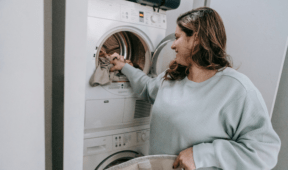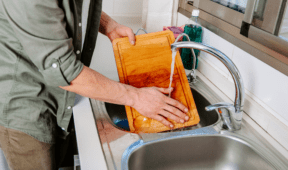The Truth Behind Why Aluminum Foil Has a Shiny and a Dull Side
Aluminum foil is a household staple, known for its versatility in cooking, baking, and food storage. Yet, one feature has puzzled many: why does aluminum foil have a shiny side and a dull side? Some speculate it affects cooking outcomes, while others see it as purely cosmetic. This article explores the real reason behind this phenomenon, delving into its manufacturing, practical implications, and common myths.
The Manufacturing Process of Aluminum Foil
The distinct shiny and dull sides of aluminum foil are a direct result of its manufacturing process. To achieve its thin and flexible texture, aluminum is rolled into sheets under extreme pressure. During the final stage of rolling, two layers of foil are pressed together to prevent tearing.
This process leaves the outer sides shiny, as they are polished by the rollers, while the inner sides become dull due to contact with each other. This method is both efficient and cost-effective, allowing manufacturers to produce thin, durable foil without compromising quality.
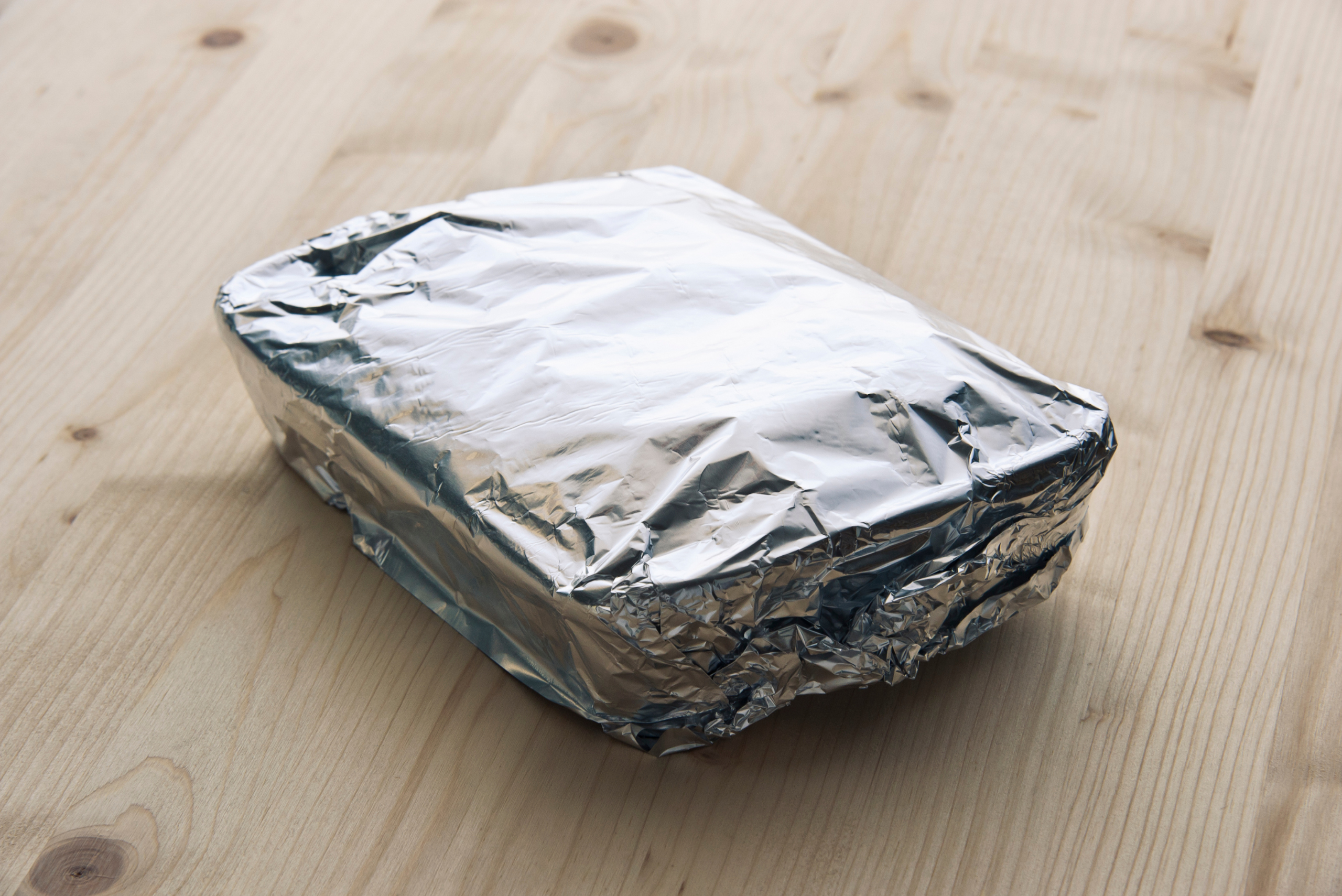
Does the Side of Foil Matter in Cooking?
A common belief is that the shiny and dull sides of aluminum foil influence cooking results. For instance, some think the shiny side reflects heat better, while the dull side absorbs it. However, this is largely a myth.
In practice, the difference in reflectivity between the two sides is negligible when it comes to cooking. Both sides conduct heat equally well, meaning you can use either side without affecting your dish. The choice of which side to use is purely aesthetic or based on personal preference.
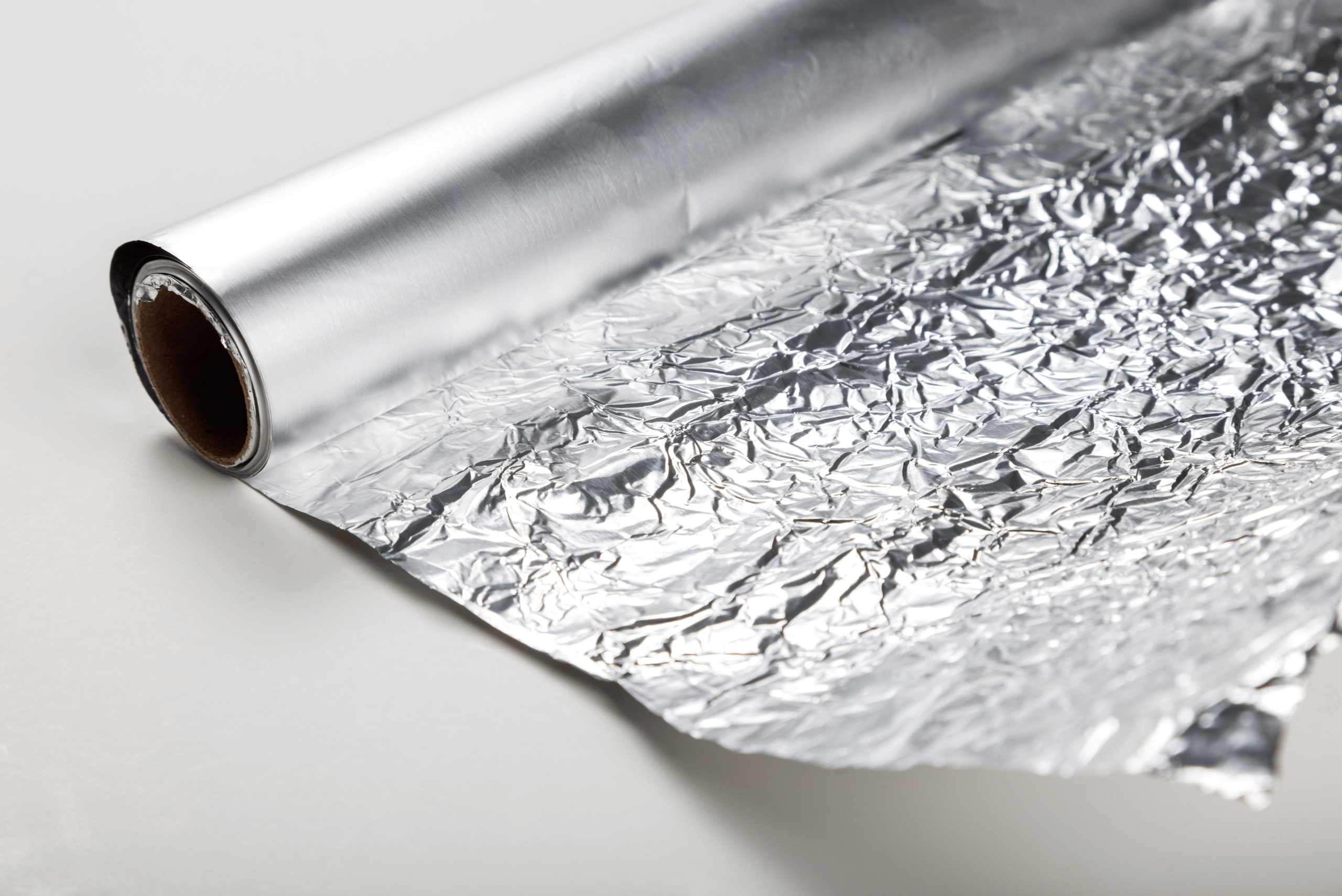
Practical Uses for the Shiny and Dull Sides
While the sides don’t differ in cooking effectiveness, they can serve specific purposes. The shiny side’s reflective quality can be useful for presentation. For example, wrapping baked goods or roasts with the shiny side facing out creates an appealing appearance.
Meanwhile, the dull side’s slightly rougher texture may provide better grip for wrapping foods tightly. This makes it ideal for storage or sealing items that need a secure covering.
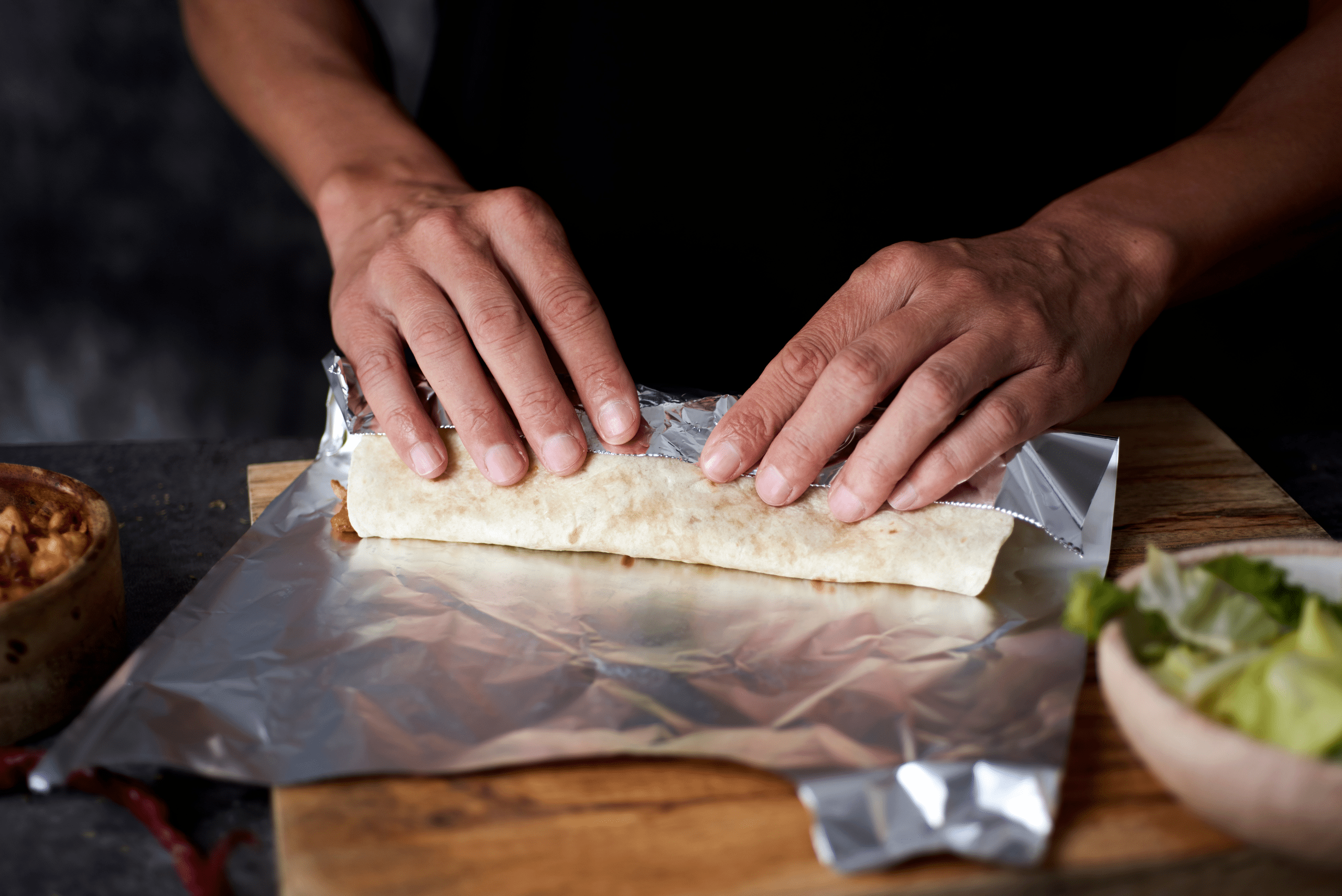
Debunking Myths About Aluminum Foil
Several myths surround aluminum foil and its dual-sided design. Some claim that using the wrong side for cooking could release harmful chemicals or affect flavor, but scientific studies have debunked these concerns. Aluminum foil is safe for cooking and storage, regardless of which side is used.
Another myth is that the shiny side is coated with a protective layer, making it safer to use. This is untrue; both sides are made of the same material and are equally safe.
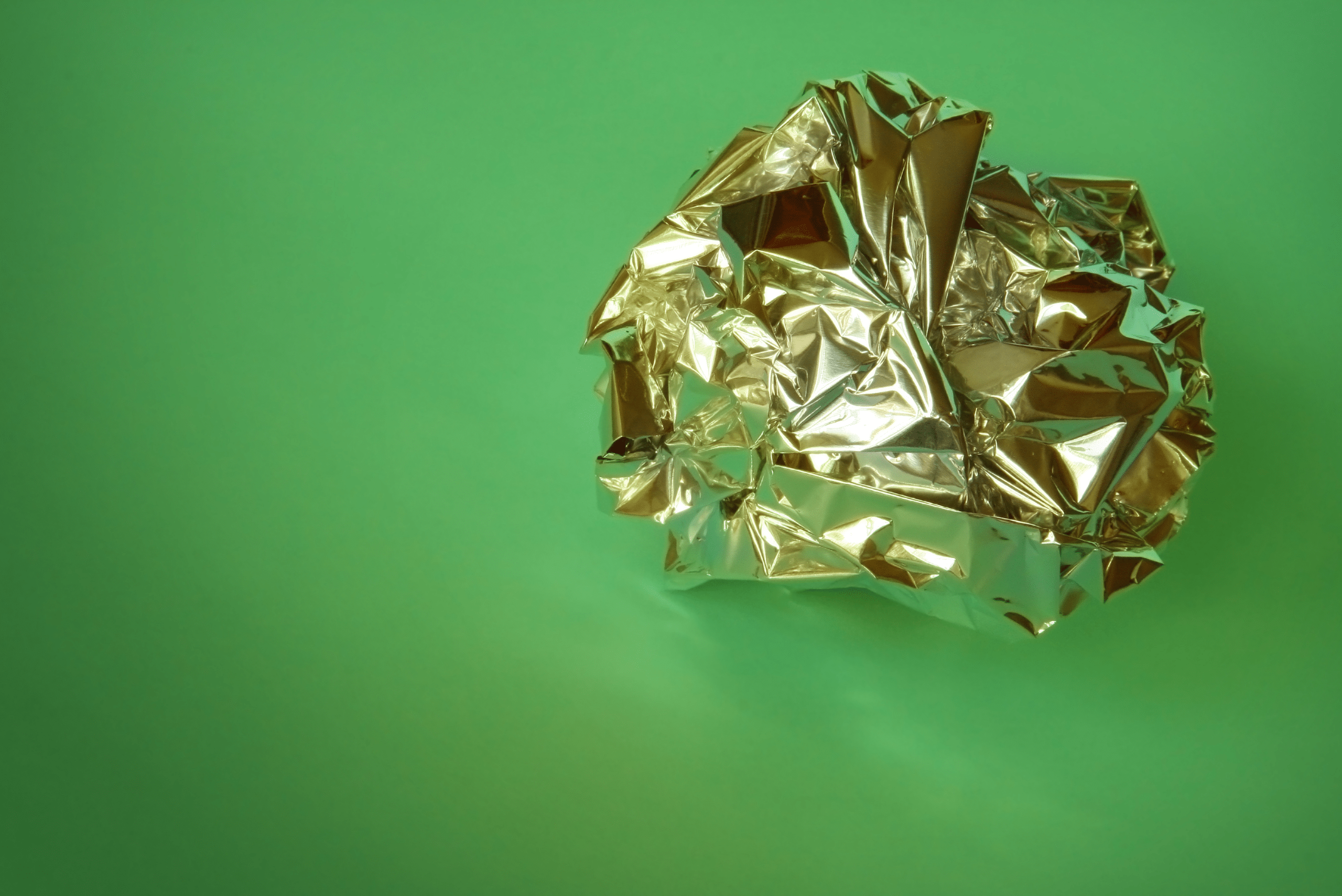
Tips for Using Aluminum Foil Effectively
To maximize the benefits of aluminum foil, consider its specific applications. For grilling, use it to line cooking surfaces and reduce cleanup time. When baking, wrap foods to retain moisture and ensure even cooking.
For storage, tightly wrap leftovers to minimize air exposure, which helps maintain freshness. Always avoid direct contact with highly acidic foods, as they can react with aluminum, leading to discoloration and a metallic taste.
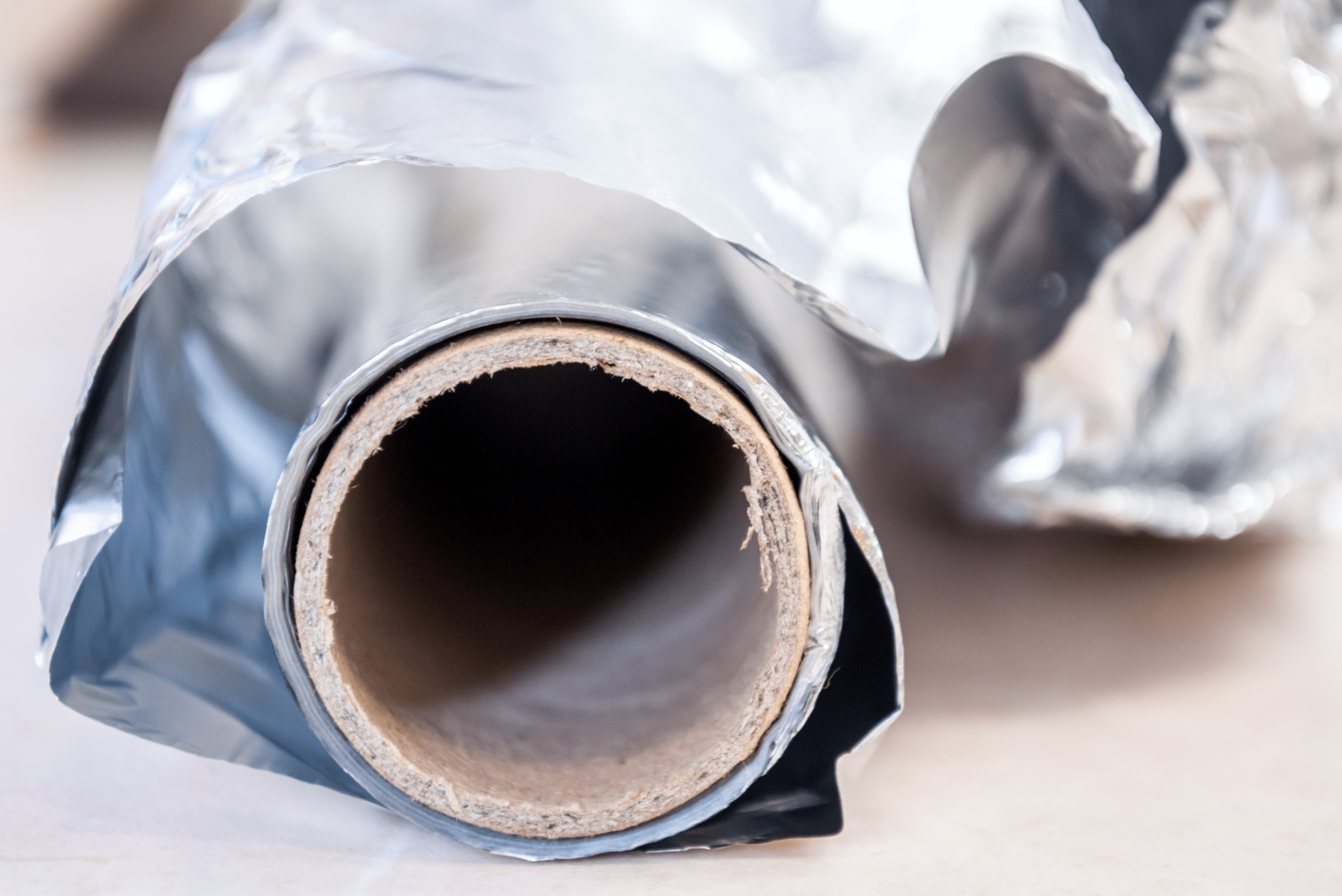
Related Articles
- Ingenious Aluminum Foil Hacks That Will Make You Want To Stock Up!
- Life Hacks That Might Redefine Genius
- Unexpected Foods You Can (and Can’t) Cook Inside an Air Fryer
The shiny and dull sides of aluminum foil are an intriguing quirk of its manufacturing process rather than a functional distinction. Both sides perform equally well in cooking and storage, leaving the choice up to personal preference. By understanding the science and dispelling myths, you can confidently use aluminum foil to simplify your culinary and household tasks.







